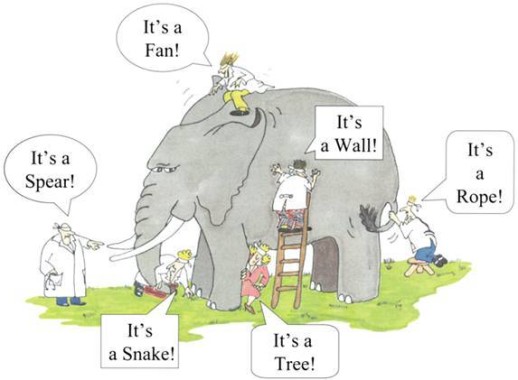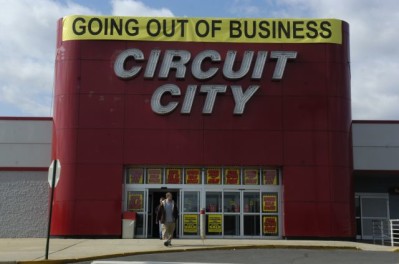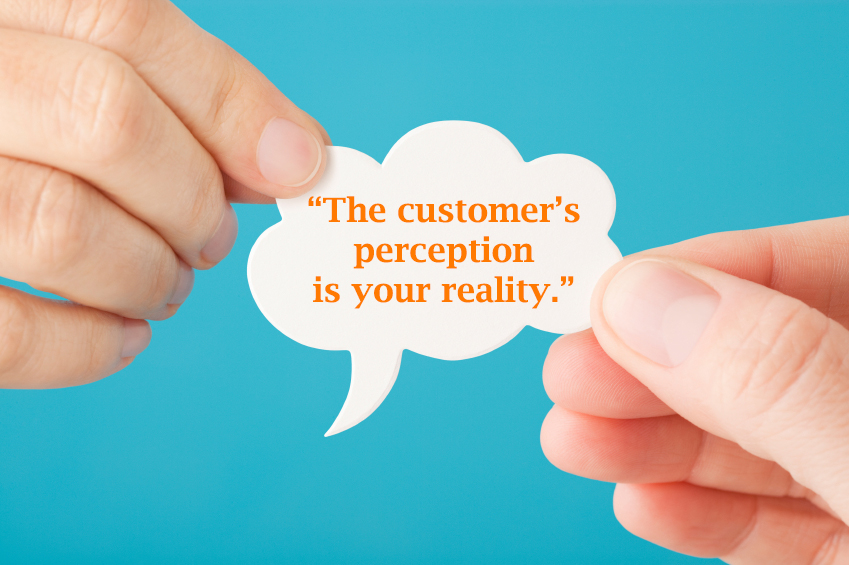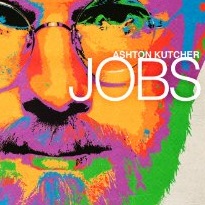On January 1, 2015, the Carryout Bag Ordinance went into effect in Dallas ~ hello baby step on the road to sustainability in our great city. The ordinance mandates that retailers charge consumers five cents for every single-use plastic bag they are given. This legislation may have dealt Dallas shoppers a jolt, but it’s nothing new.
Some Canadian cities have been adhering to  these regulations since 2007, and Dallas is joining an ever-growing list of American cities who have been on board including San Francisco, Chicago, Portland, Austin and all the islands in Hawaii.
these regulations since 2007, and Dallas is joining an ever-growing list of American cities who have been on board including San Francisco, Chicago, Portland, Austin and all the islands in Hawaii.
The reason for doing this is simple: WE HAVE TO.
Consider this:
- More than trillion plastic bags are used every year worldwide.
- Only somewhere between .5% to 3% of all bags is recycled.
- A single plastic bag can take up to 1,000 years to degrade.
- Plastic bags remain toxic even after they break down. When plastics break down, they don’t biodegrade; they photodegrade. This means the materials break down to smaller fragments which readily soak up toxins. They then contaminate soil, waterways and animals upon digestion.
- Ten percent of the plastic produced every year worldwide winds up in the ocean, 70% of which finds its way to the ocean floor, where it will likely never degrade.
As consumers, the decision is easy. Plastic bags are superfluous and avoidable, so take reusable bags shopping with you. Throw them in your car and use them. End of story.
But as a business-owner, there is a bigger issue at play – sustainability.
The most widely agreed upon definition of sustainability requires we meet the needs of today without negatively impacting future generations. All companies have the opportunity to formulate and then execute a strategy that will take into account all aspects of sustainability but that is useful enough to be implemented today.
True sustainability has four coequal components:
- Social (act as if other people matter)
- Economic (operate profitably)
- Environmental (protect and restore the ecosystem)
- Cultural (protect and value cultural diversity)
Now, more than ever before, consumers, employees and investors share a common purpose and a passion for companies that do well by doing good. So any strategy without sustainability at its core is just plain irresponsible – bad for business, bad for shareholders, bad for the environment.
Side note: It was our fine city’s birthday yesterday! Happy 159th Dallas! We built this city on rock and roll baby!





 The other day, I saw a quote a friend had posted from Jeff Bezos, founder and CEO of
The other day, I saw a quote a friend had posted from Jeff Bezos, founder and CEO of 